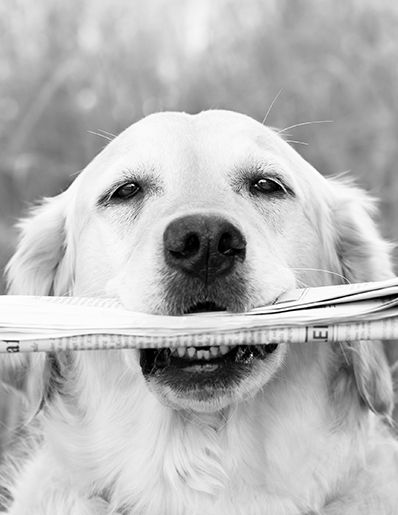Publications
US Copyright Office Publishes Guidance on AI-Generated Works
In a client update a year ago, we reported on the US Copyright Office’s refusal to register the copyright for “A Recent Entrance into Paradise,” an image generated by AI. In February, 2023, the Copyright Office addressed the ability to register the copyright for “Zarya of the Dawn,” a comic book comprised partially of human-generated material and AI-generated material.
In light of these issues, and the increasing number of submissions of AI-generated material, the US Copyright Office has now published guidance (the “Guidance“) of what material may be registered for copyright protection.
Because the Guidance concluded that a work may be protected by copyright only if it is the product of human creativity, works that are generated solely in response to prompts to an AI system are not eligible for copyright protection.
The Human Authorship Requirement
The US Copyright Office reiterated their well-established view that copyright may only protect material that is the “product of human creativity.” Accordingly, it has rejected copyright protection for works authored by “non-human spiritual beings”, as well as photographs taken by a monkey.
Application to Works Created with the Assistance of AI or other Technology
At the same time, the US Copyright Office has registered works for over 150 years, starting with photographs created by cameras, where the work has been generated by or with the assistance of technology. The test of copyright protection is whether the work is basically one of human authorship (even if a computer or other technology assisted the human being), or, on the other hand, if the key creative elements of a work—whether literary, artistic or musical—are conceived and executed not by a person but by a machine.
Applying this principle to works created by AI, if a person inputs a prompt into an AI tool and the output is a complex written, visual or musical work, the Copyright Office concludes in the Guidance that the “traditional elements of authorship” are determined and executed by AI, and not by a human being. Accordingly, they are not eligible to be registered as a copyrightable work.
There are examples, however, where AI-generated works can be protected by copyright. A human may select or arrange AI-generated material in a sufficiently creative way that the work is copyrightable. Another example: a person may modify work originally created by an AI platform to such a degree that the modifications may be protected by copyright. In these cases, the protection afforded by copyright would encompass only the selection and arrangement criteria, or the modifications that were contributed by the person, and not extend to the background, AI-generated materials.
New Rules for Copyright Applications and Updating Existing Registrations
In light of the above, the US Copyright Office is changing their procedures for copyright registration. Applicants must now indicate if AI was used to generate the work and must identify the parts generated by AI.
In addition, current copyright owners must update their existing registrations to the extent that material was generated by AI. If they fail to do this, they risk losing the benefits of registration, such as the ability to be awarded statutory damages for infringements, even without having to prove actual damages, and to receive attorney fees for successful claims.
Implications and Analysis
The impact of this Guidance is that clients which use output from AI tools will generally not benefit from copyright protection for that output. So, for example, code generated by CoPilot, or illustrations from Midjourney or press releases generated by a Large Language Model will not be automatically protected by copyright (unless they are subsequently substantially modified and become the result of human creativity as required by the Guidance).
Companies will need to evaluate on a case-by-case basis whether that is problematic. For a press release, for example, it probably does not matter that the company will not own it. For software code, however, this may prevent a company from giving certain representations in an investment round or M&A regarding ownership or having a valid license to intellectual property used in its business. In addition, since the company will not be the copyright owner of the output, they may not be able to prevent a third party from using or copying it, unless they develop an alternative strategy. One possible strategy that may be appropriate in certain circumstances is implementing a “click to accept” online agreement restricting permitted uses of the output.
While the great benefits in terms of efficiency and cost savings may often weigh in favor of using AI tools, the limitations in terms of copyright ownership should be evaluated in each instance.







